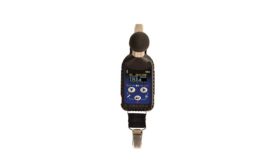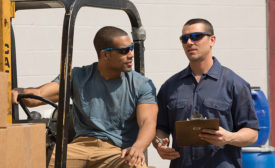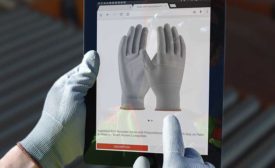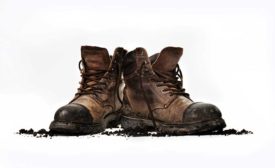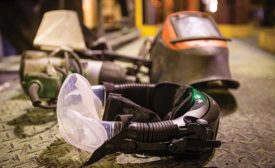Featured on Home Page
Assess eye hazards and ensure safety eyewear fits properly
One size doesn’t fit all
October 1, 2017
Finding the right glove compatible with touchscreen technology
Working with industrial & consumer touchscreens- Understand the technology to find the right glove
September 25, 2017
The science behind workboots
What you should know about today's workboots
September 22, 2017
Become a Leader in Safety Culture
Build your knowledge with ISHN, covering key safety, health and industrial hygiene news, products, and trends.
JOIN TODAYCopyright ©2025. All Rights Reserved BNP Media.
Design, CMS, Hosting & Web Development :: ePublishing
